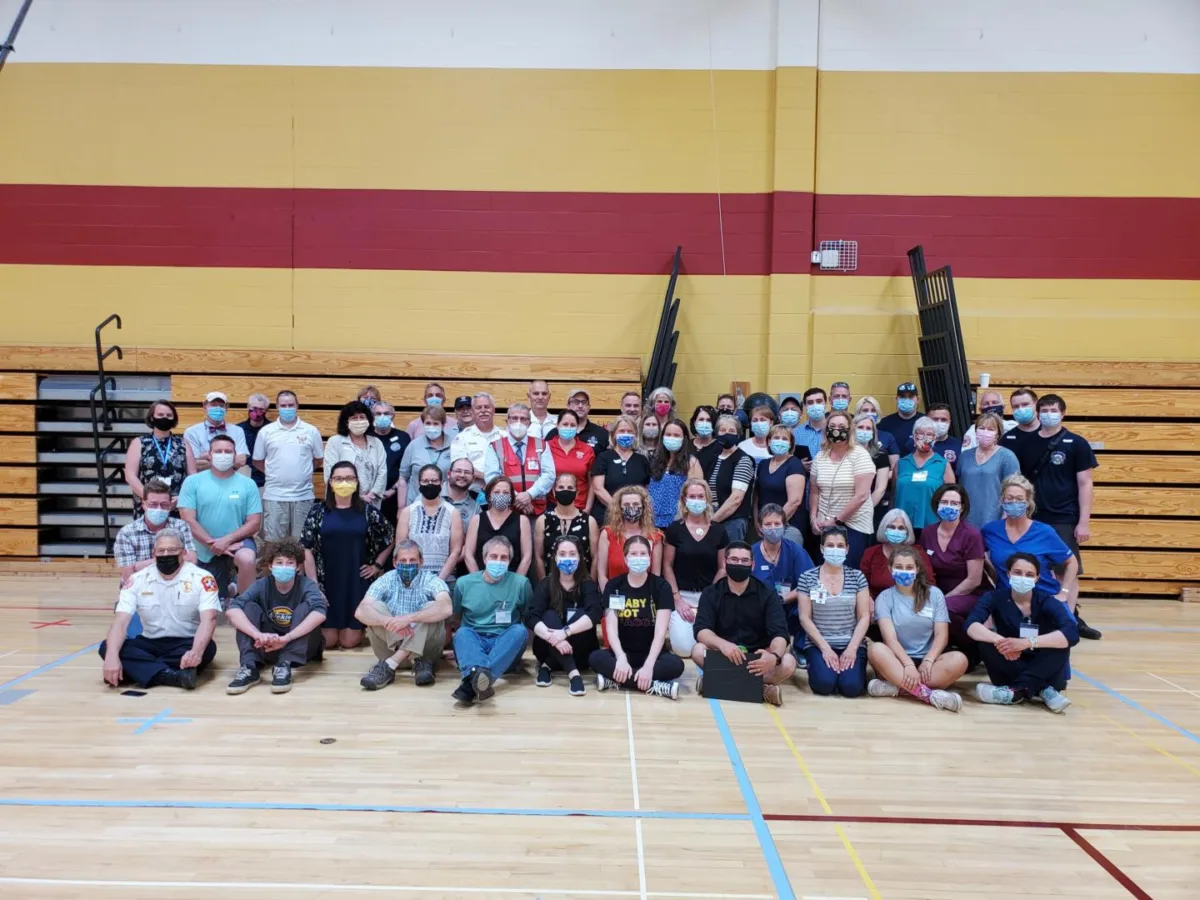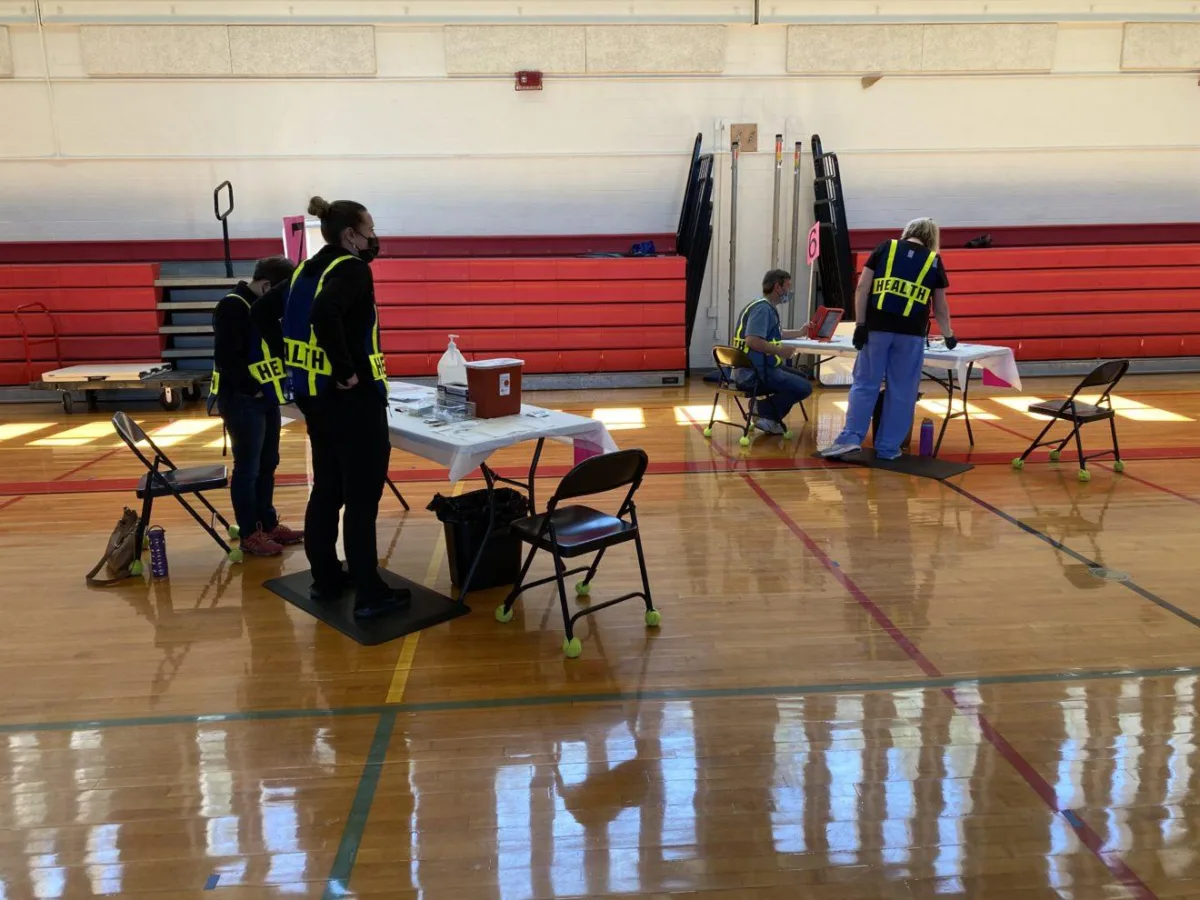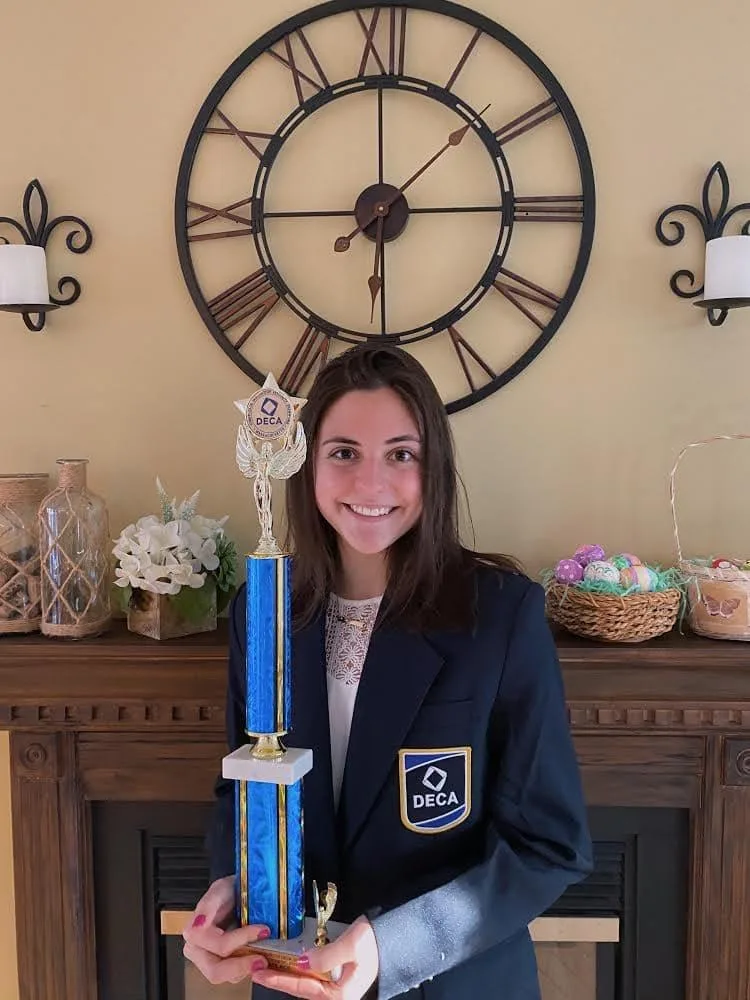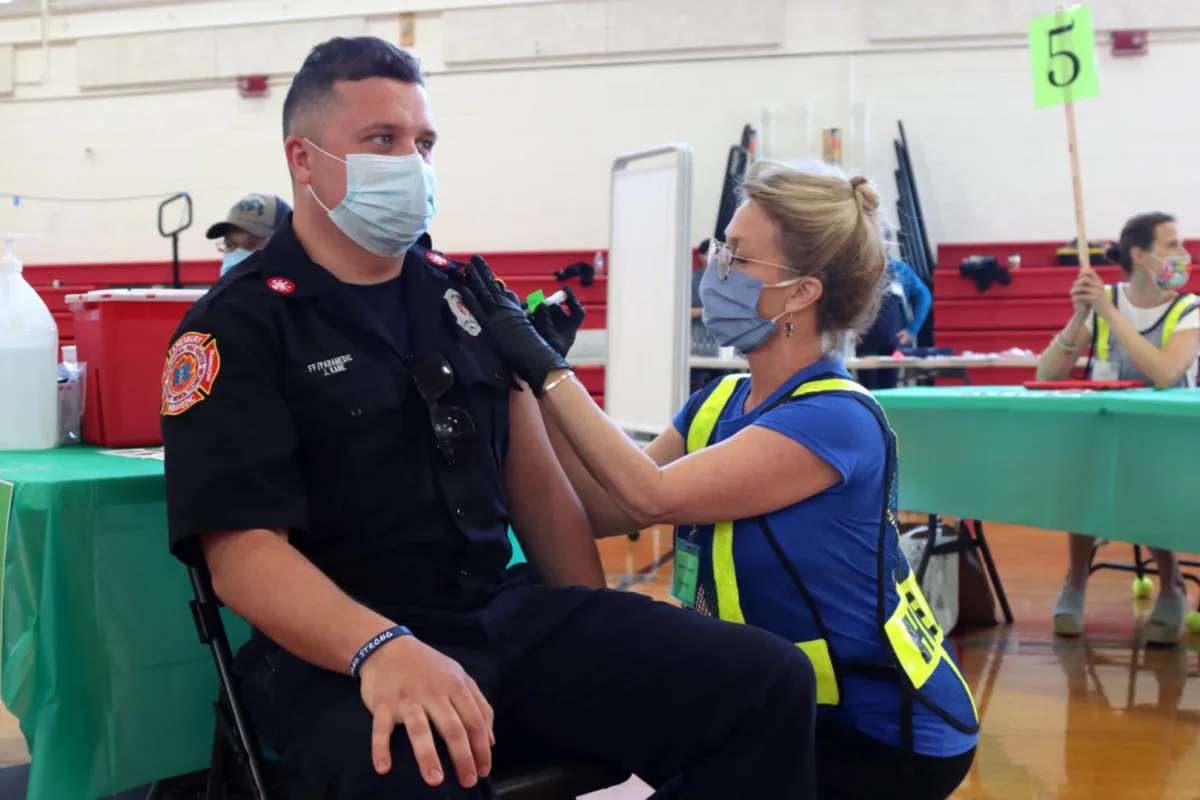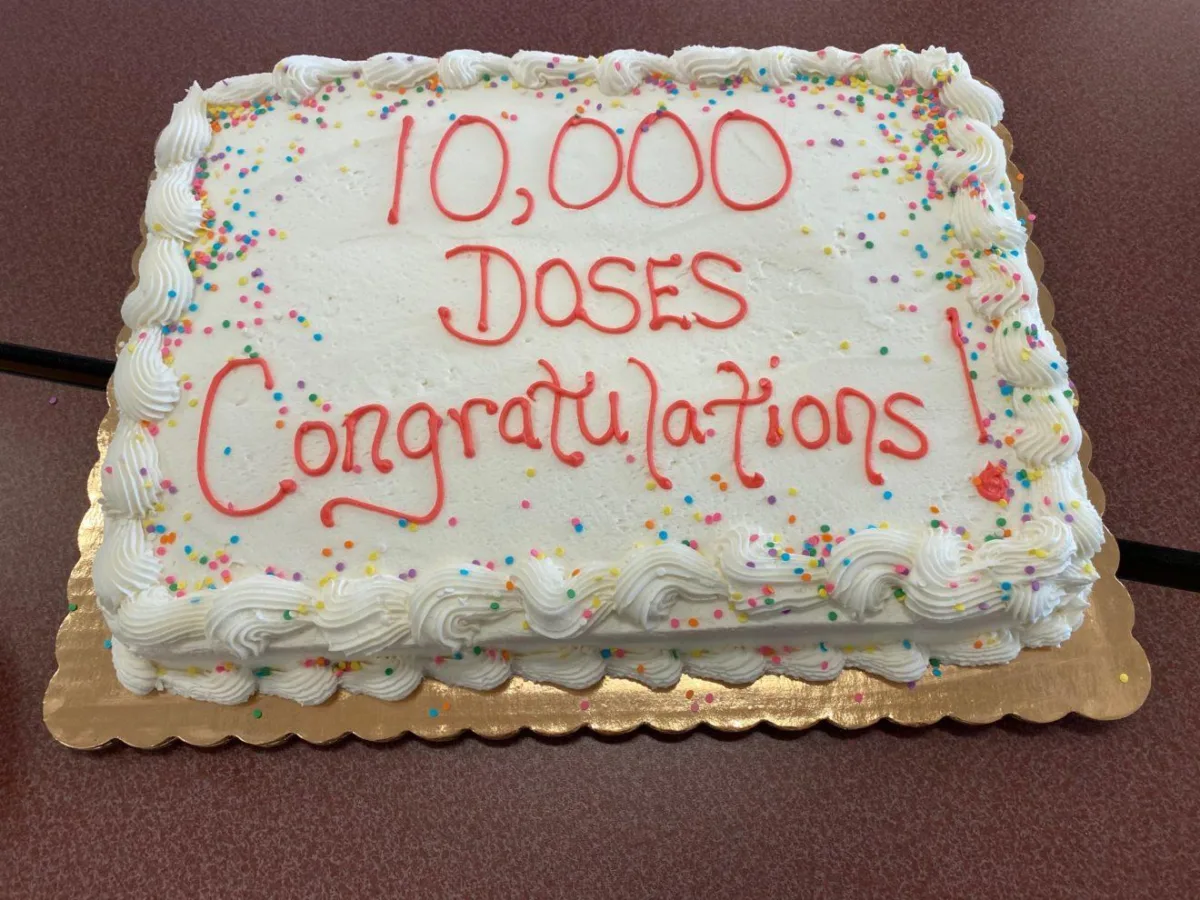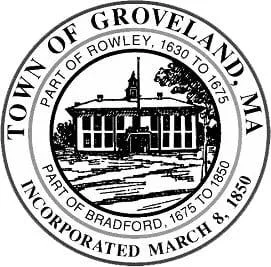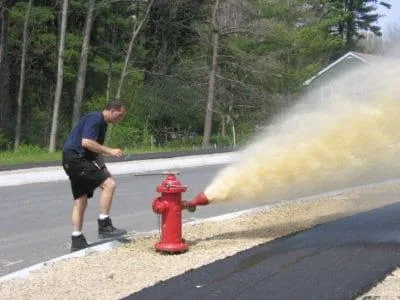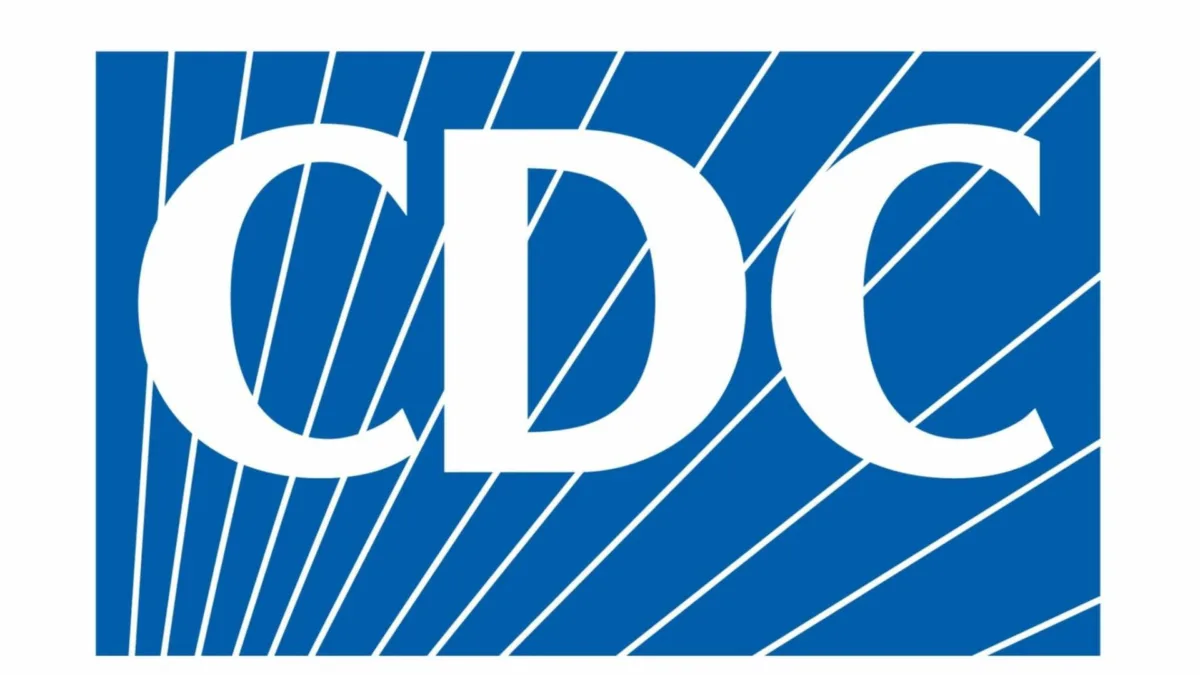After 26,987 Doses, Lower Merrimack Valley Regional Collaborative Ceases Weekend Operations
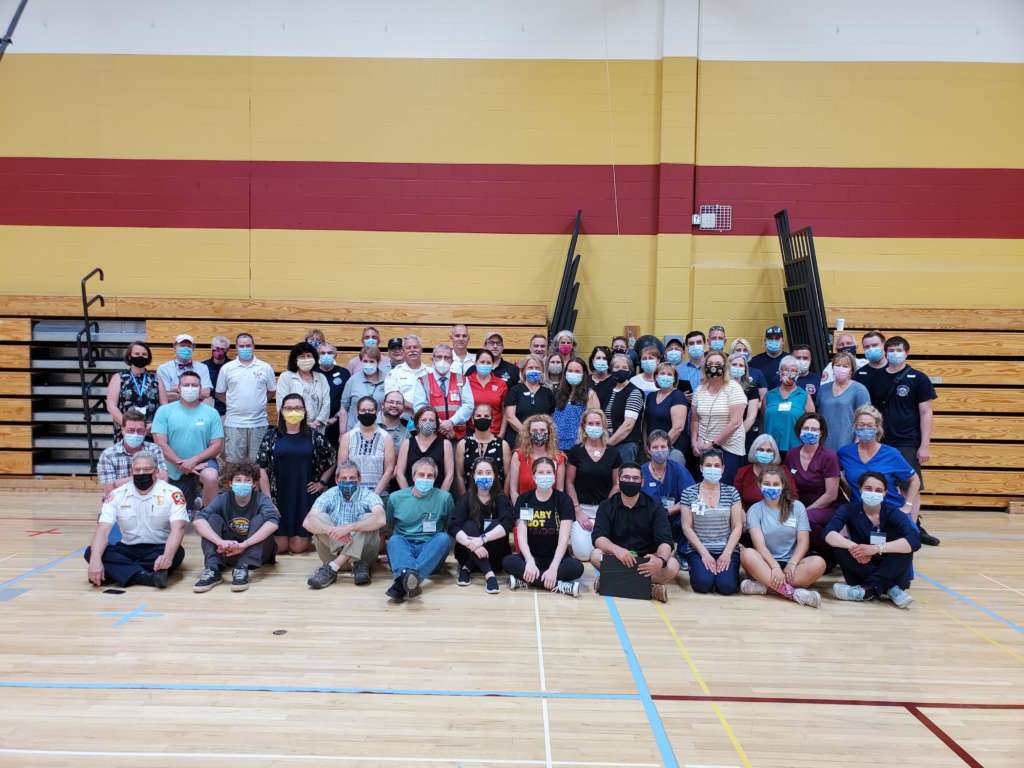
Fully-vaccinated leaders, organizers and volunteers pose for their first group photo in more than a year at the end of the Lower Merrimack Valley Regional Collaborative’s final weekend COVID-19 on Saturday, May 22, 2021. Nearly 30,000 doses of the vaccines were administered by the dedicated group. (Photo courtesy Lower Merrimack Valley Regional Collaborative)
NEWBURYPORT — Thanks in no small part to an extremely dedicated group of municipal managers, fire chiefs, public health directors, nurses and a corps of volunteers from the community, the “new normal” will feel a bit more like the pre-COVID “old normal.”
After five months, multiple locations and nearly 27,000 shots in arms, the Lower Merrimack Valley Regional Collaborative officially shuttered weekend operations on May 22 with final remarks, parting gifts and citations issued from mayors and select boards in the region, honoring those who used their time, energy and skills to help bring one region closer to the end of the horrific COVID-19 pandemic.
With scattered, smaller clinics remaining for teenagers and those unable to leave home, the clinic’s operations will continue at least through June. Saturday’s clinic represented the last time the collaborative’s core group of leaders and volunteers will gather to operate a full-size clinic.
“COVID-19 has taken so much from us, but one thing I will always take away from this pandemic is the feeling closeness shared by the clinic staff,” said Amesbury Fire Chief and Health Director Ken Berkenbush. “It really has become like a family. Combined with knowing we are preventing our neighbors from getting sick, it certainly has made all the long nights and weekends well-worth it.”
The Lower Merrimack Valley Regional Collaborative has contributed to its member communities having among the highest vaccination rates in Massachusetts. In Amesbury, Georgetown, Groveland, Merrimac, Newbury, Newburyport, Rowley, Salisbury and West Newbury, more than 91.5 percent of all residents over the age of 65 have now received at least one dose of a COVID-19 vaccine.
Overall, more than 65 percent of all residents age 12 and older in the nine communities have received at least one vaccination dose. The vaccination rate is even higher when those ages 12-15 are factored out, because that age group has been eligible for vaccine for only a few weeks.
A total of 26,987 doses of all three approved vaccines have been administered by the clinic.
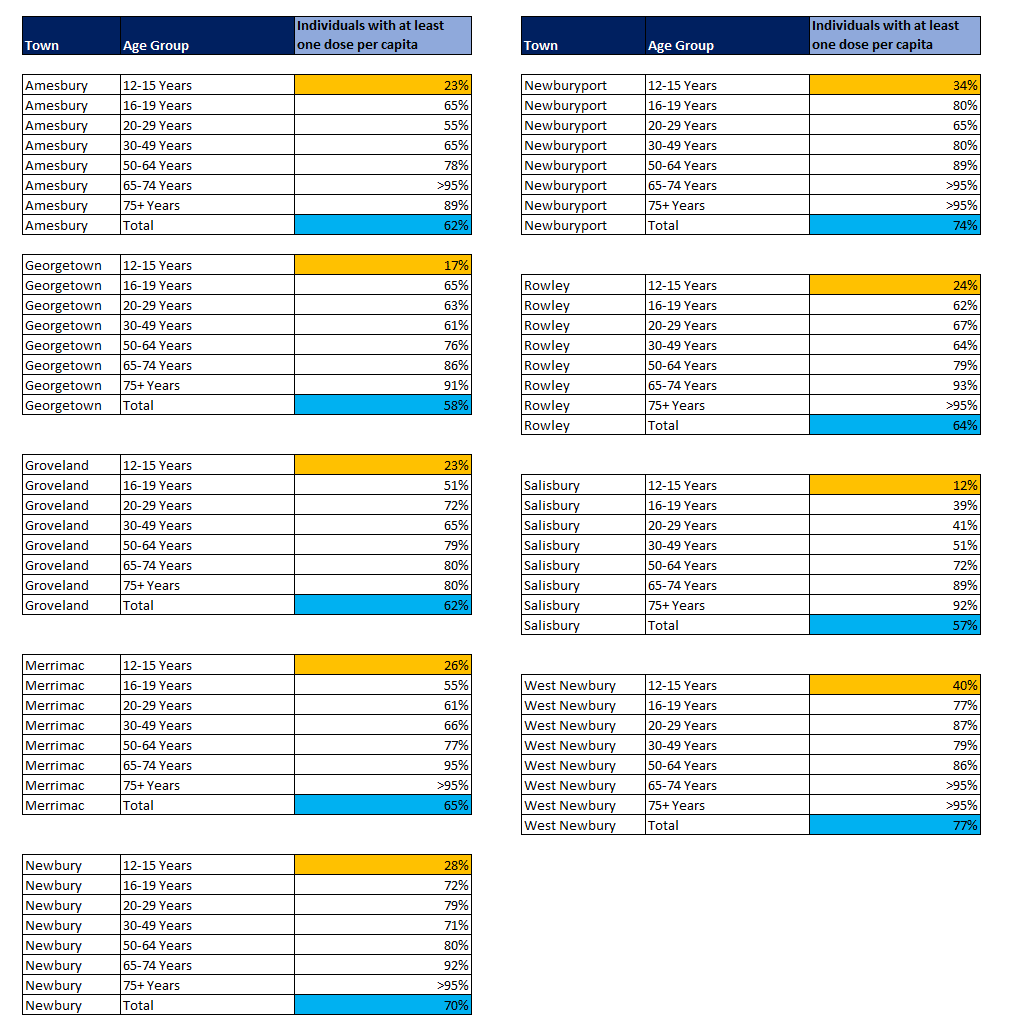
Data as of May 24, 2021, showing vaccination rates in the nine communities that comprise the Lower Merrimack Valley Regional Collaborative. (Courtesy Illustration/JGPR)
“We have shown in practice that a municipally-driven, community-centered approach to a public health crisis can overcome many hurdles including vaccine hesitancy, immobility, manpower and logistics,” said West Newbury Health Agent Paul Sevigny. “We are extremely proud of the results so far as we look to return to normal life.”
“It is with the deepest gratitude I offer my thanks to the hundreds of volunteers who helped make the LMRVC a huge success,” said Newburyport Mayor Donna D. Holaday. “Each of our partner communities took on leadership roles and managed a very complex operation from site work, acquiring the vaccines, registering thousands of people, coordinating volunteers and medical personnel and completing the data required by the state. It is because of this impressive work in vaccinating so many people in conjunction with a dramatic drop in cases, that we are able to begin fully opening our communities. ”
The Collaborative plans to distribute hundreds more Pfizer-BioNTech and Johnson & Johnson Janssen doses at smaller clinics during the next few weeks. As a reminder, the Janssen vaccine is available to those ages 18 and up and the Pfizer-BioNTech vaccine is now available for those ages 12 and up.
The Collaborative has a Janssen clinic with open appointments on Wednesday, May 26, from 4-6 p.m. at the West Newbury Annex, 381 Main St., West Newbury. CLICK HERE TO REGISTER FOR THE JANSSEN CLINIC
Three additional second-dose Pfizer-BioNTech clinics are scheduled for June 8, 9, and 10 at the West Newbury Annex. At this time, June 10 is scheduled to be the final Collaborative clinic.
A new collaborative of Cape Ann communities is also hosting a Pfizer-BioNTech clinic on May 27, from 2-4:30 p.m. at the Topsfield Fairgrounds. CLICK HERE TO REGISTER
The Lower Merrimack Valley Regional Collaborative comprises Amesbury, Georgetown, Groveland, Merrimac, Newbury, Newburyport, Rowley, Salisbury, and West Newbury.
JGPR is providing communications services to this effort on a pro bono basis.
###
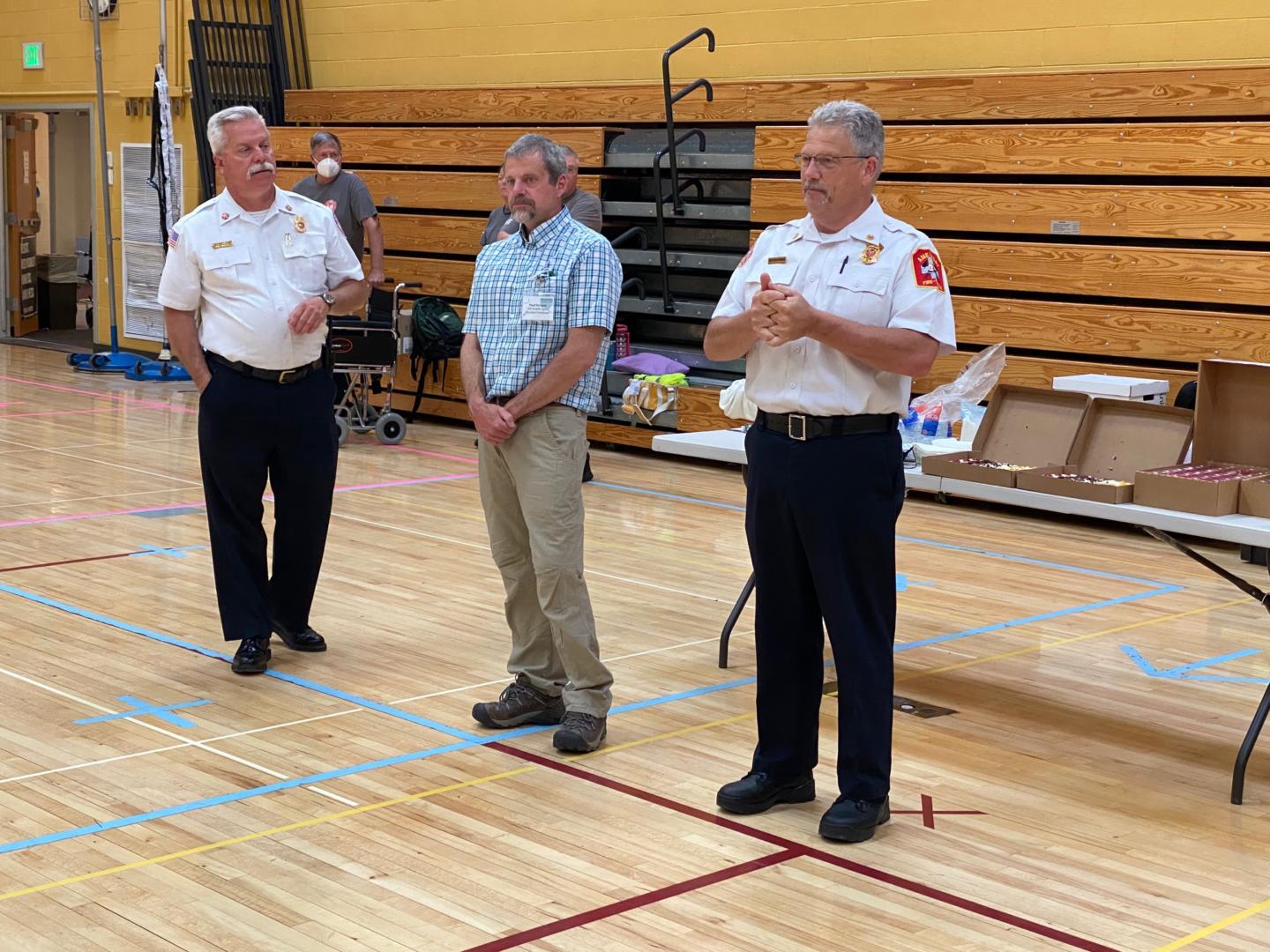
Newburyport Fire Chief Christopher LeClaire, West Newbury Health Agent Paul Sevigny, and Amesbury Fire Chief/Health Director Ken Berkenbush give remarks thanking volunteers at the last large-scale COVID-19 vaccine clinic held by the Lower Merrimack Valley Regional Collaborative on May 22. (Courtesy Photo)
